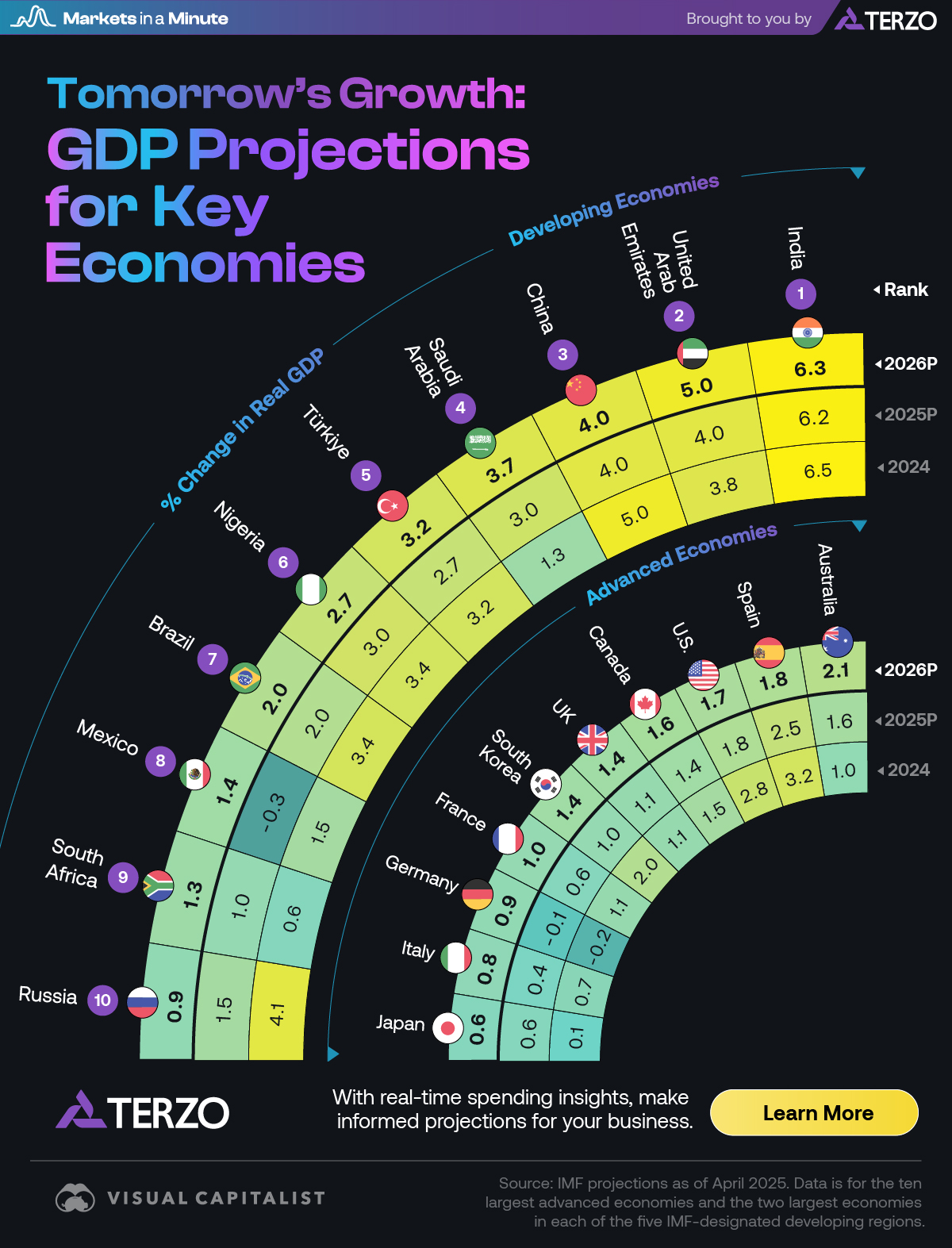
Report on Canadian Public Opinion Regarding Military Preparedness and International Priorities Amid Global Security Challenges
Introduction
On June 24, 2025, Prime Minister Mark Carney attended a NATO summit in Europe amid escalating conflicts in the Middle East, involving Israel, the United States, and Iran. This situation has heightened the importance of Canada’s military and diplomatic roles on the global stage. Recent data from the Angus Reid Institute (ARI) reveals Canadian public perceptions of the nation’s military standing and international priorities, with significant implications for Sustainable Development Goals (SDGs), particularly those related to peace, justice, strong institutions (SDG 16), and partnerships for the goals (SDG 17).
Part One: Canadians’ Top International Priorities and SDG Alignment
Shift Toward Building Trade Ties
Despite increased concerns about military preparedness, 66% of Canadians prioritize building better trade ties with international partners as Canada’s foremost international objective. This preference aligns with SDG 8 (Decent Work and Economic Growth) and SDG 17 (Partnerships for the Goals), emphasizing economic cooperation and global partnerships.
Decline in Priority for Military Preparedness and Foreign Aid
- Only 21% of Canadians view military preparedness as the top priority.
- Humanitarian concerns and foreign aid have declined to 13%, reflecting a shift in public focus.
This trend suggests a nuanced public perspective balancing security with sustainable development and international cooperation.
Political Perspectives on Priorities
- Conservative voters tend to favor military preparedness.
- New Democratic Party (NDP) voters emphasize humanitarian aid.
- Liberal voters show a declining emphasis on foreign aid leadership.
Part Two: Canada’s Performance in Key International Domains
Trade Competitiveness
Canadians increasingly perceive Canada as falling behind in trade competitiveness, with 61% expressing this view. This perception underscores challenges in achieving SDG 8 and SDG 17, particularly in diversifying trade partnerships beyond reliance on the United States amid protectionist policies.
Foreign Aid
While foreign aid is less prioritized, 56% of Canadians believe Canada is keeping up with international peers in this area. However, public opinion favors spending cuts in foreign aid, raising concerns about Canada’s commitment to SDG 1 (No Poverty), SDG 2 (Zero Hunger), and SDG 3 (Good Health and Well-being) globally.
Military Power
Three-quarters (75%) of Canadians believe Canada is falling behind militarily, despite recent commitments to increase defence spending to meet NATO targets. This concern relates directly to SDG 16, which promotes peaceful and inclusive societies.
Diplomatic Influence
Perceptions of Canada’s diplomatic influence have improved, with 37% believing Canada is keeping up, though 49% still feel the country is behind. Enhancing diplomatic influence is critical for advancing SDG 16 and SDG 17.
Part Three: Nuclear War and Missile Defence Considerations
Public Opinion on Missile Defence
- Only 35% of Canadians believe joining the U.S. “Golden Dome” missile defence system would increase Canada’s safety.
- Uncertainty remains high at 25%, and 40% disagree with the safety benefits.
This ambivalence impacts Canada’s strategic decisions related to SDG 16, emphasizing the need for strong institutions and peace.
Concerns About Nuclear Conflict
Approximately 32% of Canadians believe nuclear war is inevitable, a slight decline from 37% in 2017. The ongoing Middle East tensions and historical nuclear threats underscore the importance of global peace efforts under SDG 16.
Gender Differences in Perceptions
While men’s pessimism about nuclear war has decreased, women’s concern has increased, resulting in a near parity in perceptions of nuclear conflict inevitability.
Summary of Key Findings
- 75% of Canadians feel Canada is militarily falling behind despite increased defence spending commitments.
- 66% prioritize building international trade ties, highlighting economic growth and partnership goals.
- Public confidence in diplomatic influence has improved but remains mixed.
- Support for joining U.S. missile defence systems is low and uncertain.
- Concerns about nuclear war persist but have slightly decreased since 2017.
Implications for Sustainable Development Goals
- SDG 16 (Peace, Justice, and Strong Institutions): The public’s concern about military preparedness, nuclear conflict, and diplomatic influence underscores the need for Canada to strengthen peace and security measures.
- SDG 17 (Partnerships for the Goals): The emphasis on building trade ties reflects the importance of international cooperation and economic partnerships.
- SDG 8 (Decent Work and Economic Growth): Enhancing trade competitiveness is vital for sustainable economic development.
- SDG 1, 2, 3 (No Poverty, Zero Hunger, Good Health and Well-being): The decline in foreign aid prioritization may impact Canada’s contribution to global humanitarian efforts.
About the Angus Reid Institute (ARI)
The Angus Reid Institute is a national, non-profit, non-partisan public opinion research foundation established in 2014. It provides accessible and impartial data and analysis on socio-economic issues important to Canada and the world.
Survey Methodology
The survey was conducted online from June 20-23, 2025, with 1,479 Canadian adults. The sample was weighted to represent the national population by region, gender, age, income, and education. The margin of error is ±2.0 percentage points, 19 times out of 20.
Contact Information
- Shachi Kurl, President: 604.908.1693, shachi.kurl@angusreid.org, Twitter: @shachikurl
- Dave Korzinski, Research Director: 250.899.0821, dave.korzinski@angusreid.org
- Jon Roe, Research Associate: 825.437.1147, jon.roe@angusreid.org
1. Sustainable Development Goals (SDGs) Addressed or Connected to the Issues Highlighted in the Article
- SDG 16: Peace, Justice and Strong Institutions
- The article discusses military preparedness, diplomatic influence, and concerns about nuclear war, all relating to peace and security.
- Canada’s commitments to NATO and international military spending reflect efforts toward global peace and security.
- SDG 8: Decent Work and Economic Growth
- Trade competitiveness and building better trade ties are emphasized as top international priorities for Canada.
- Concerns about tariffs and trade wars affecting economic growth are discussed.
- SDG 17: Partnerships for the Goals
- International cooperation through NATO, trade partnerships, and diplomatic influence are central themes.
- Canada’s role in international alliances and agreements is highlighted.
- SDG 10: Reduced Inequalities
- Foreign aid and humanitarian concerns, although declining in priority, relate to reducing inequalities globally.
2. Specific Targets Under Those SDGs Identified Based on the Article’s Content
- SDG 16: Peace, Justice and Strong Institutions
- Target 16.1: Significantly reduce all forms of violence and related death rates everywhere (related to military preparedness and nuclear war concerns).
- Target 16.7: Ensure responsive, inclusive, participatory and representative decision-making at all levels (linked to diplomatic influence and international cooperation).
- SDG 8: Decent Work and Economic Growth
- Target 8.1: Sustain per capita economic growth in accordance with national circumstances (trade competitiveness and economic growth concerns).
- Target 8.2: Achieve higher levels of economic productivity through diversification, technological upgrading and innovation (building better trade ties).
- SDG 17: Partnerships for the Goals
- Target 17.11: Significantly increase the exports of developing countries, in particular with a view to doubling the least developed countries’ share of global exports (implied through trade partnerships and international cooperation).
- Target 17.16: Enhance the global partnership for sustainable development (through NATO and diplomatic efforts).
- SDG 10: Reduced Inequalities
- Target 10.2: Empower and promote the social, economic and political inclusion of all (linked to foreign aid and humanitarian activities).
3. Indicators Mentioned or Implied in the Article to Measure Progress Towards the Identified Targets
- Military Preparedness and Peace (SDG 16)
- Percentage of GDP spent on defence (e.g., Canada’s commitment to 2% NATO defence spending target).
- Public perception of military strength and whether Canada is “keeping up” militarily (75% say Canada is falling behind).
- Incidence or risk perception of nuclear war (32% believe nuclear war is inevitable).
- Trade Competitiveness and Economic Growth (SDG 8)
- Public opinion on Canada’s trade competitiveness (61% believe Canada is lagging).
- Priority given by Canadians to building better trade ties (66% support).
- Economic growth projections affected by trade wars (referenced warnings by Bank of Canada).
- Diplomatic Influence and Partnerships (SDG 16 & 17)
- Public perception of Canada’s diplomatic influence (37% say Canada is keeping up; 49% say falling behind).
- Support or opposition to joining international defence systems (e.g., Golden Dome missile defence system: 35% say safer, 40% disagree, 25% unsure).
- Foreign Aid and Humanitarian Concerns (SDG 10)
- Public perception of Canada’s performance on foreign aid (56% say Canada is keeping up).
- Public opinion on government spending on foreign aid (59% believe too much is spent).
- Priority given to humanitarian concerns (13% support).
4. Table of SDGs, Targets, and Indicators Identified in the Article
| SDGs | Targets | Indicators |
|---|---|---|
| SDG 16: Peace, Justice and Strong Institutions |
|
|
| SDG 8: Decent Work and Economic Growth |
|
|
| SDG 17: Partnerships for the Goals |
|
|
| SDG 10: Reduced Inequalities |
|
|
Source: angusreid.org







